LANDSCAPE
-
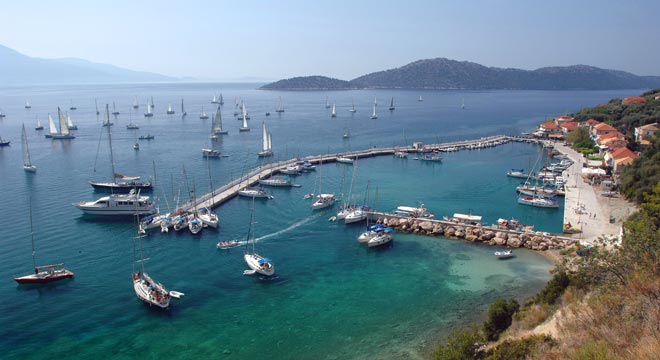
Vessels leaving the port of Kalamos in August 2007 in the framework of a sailing contest in the Ionian Sea.
-
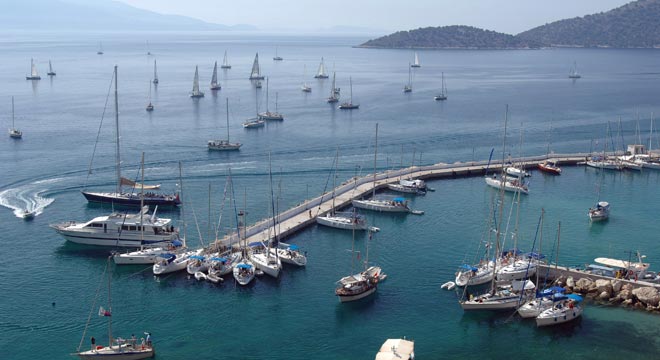
The port of Kalamos in August 2007.
-

Small fishing boats at the port’s pier.
-

The port of Kalamos.
-

The port of Kalamos with Kastos island in the far distance.
-
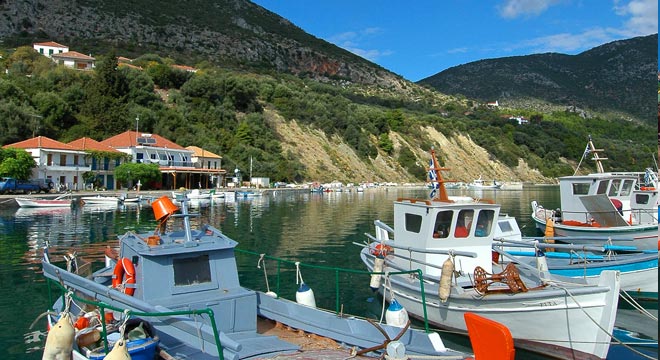
Well maintained multicolored boats of fishermen from Kalamos.
-
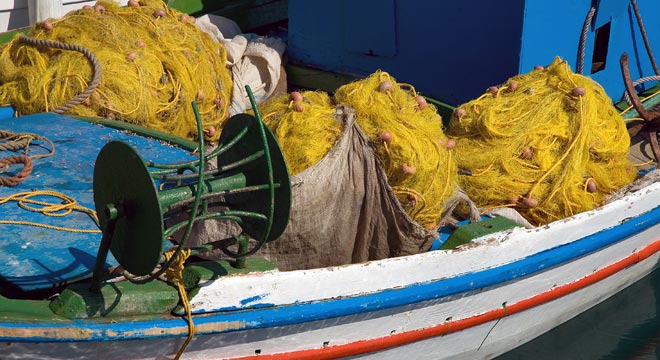
Detail of a fishing boat assuming an aspect of a visual arts creation.
-
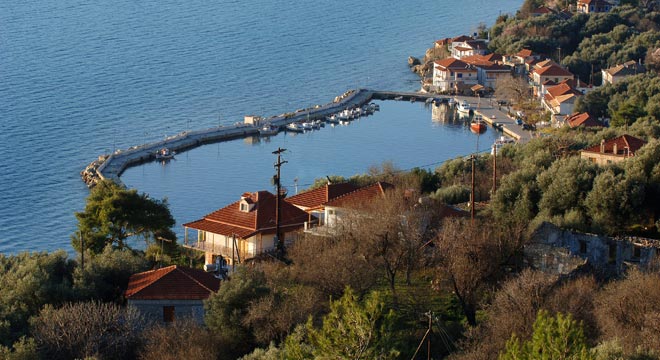
A view of Kalamos from the church of St. George.
-
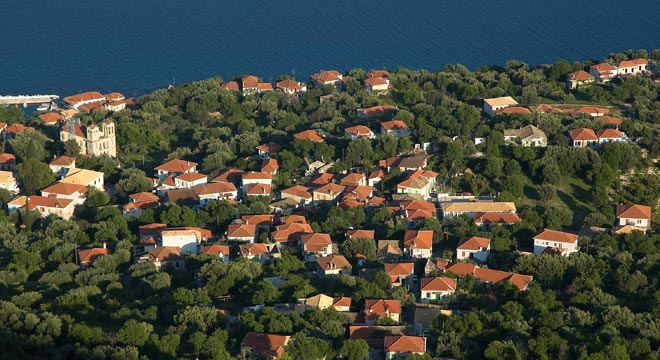
Kalamos as viewed from Pano Vouni.
-
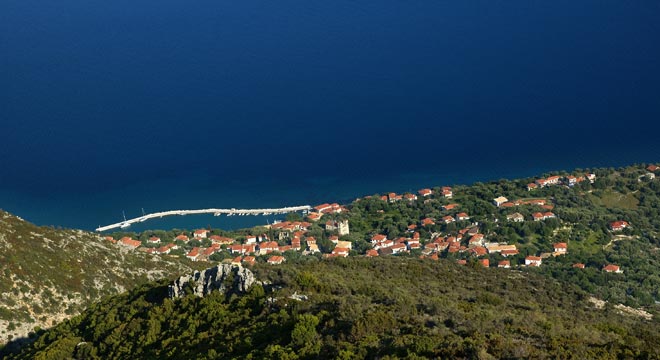
Kalamos as viewed from Pano Vouni.
-
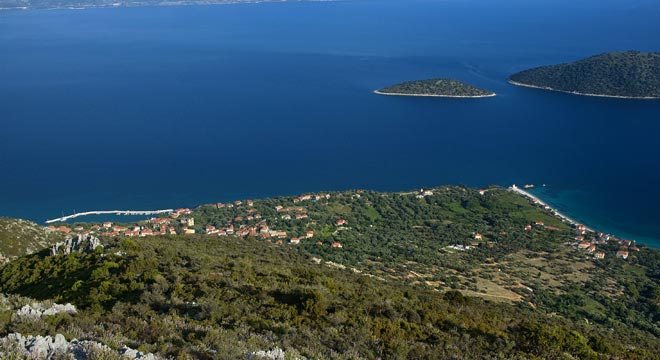
Kalamos and the Agrapidia settlement on the right. The small island of Provati in the background.
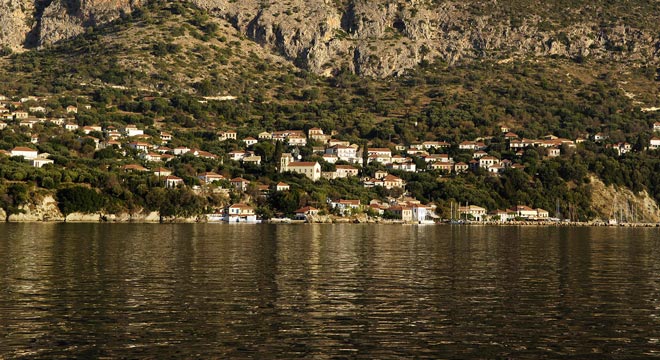
Kalamos viewed from the small island of Provati.

Autumn landscape in Agrapidia.
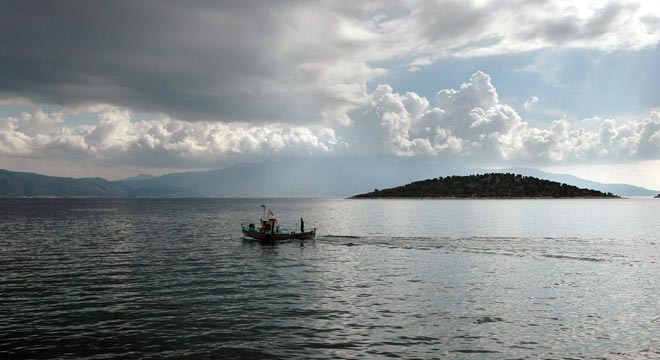
A fishing boat sailing in a heavy, leaden landscape.
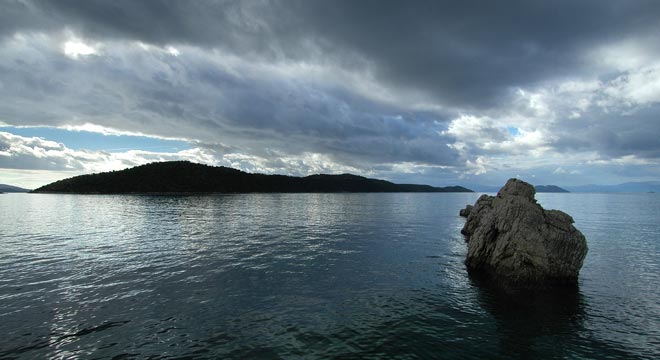
The Axopetres besides Kota’s mill in Agrapidia.
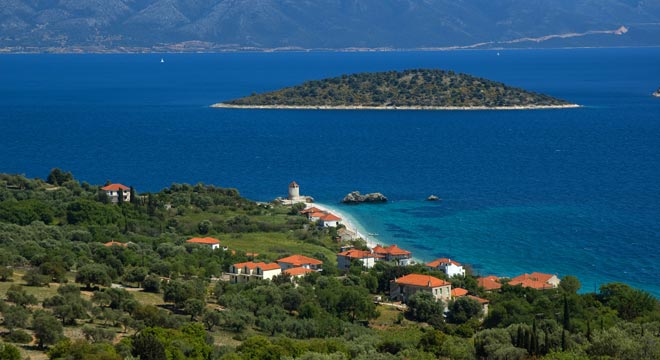
The Agrapidia settlement and the small island of Provati in the far distance.
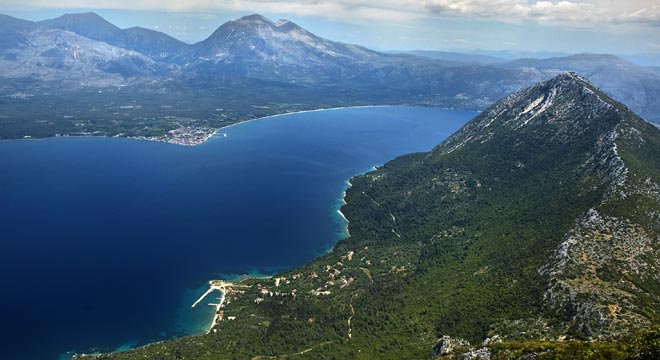
View from an altitude of 745m. (Pano Vouni peak) providing a prospect of the strait between Epiksopi and Mytikas. On the right, the Xylokastro peak in the northern part of the island.
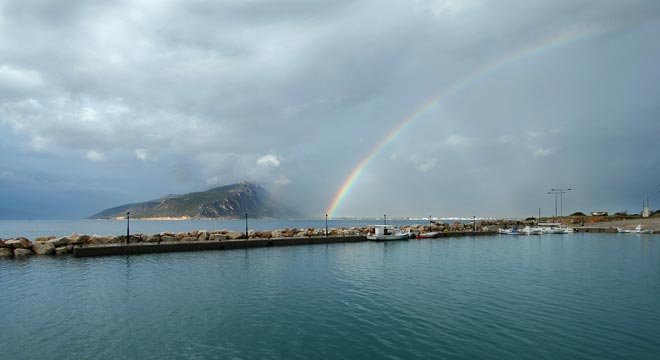
As the storm fades, gives way to a sensational rainbow uniting imaginably the opposite coast of Etoloakarnania with the little harbour of Episkopi.
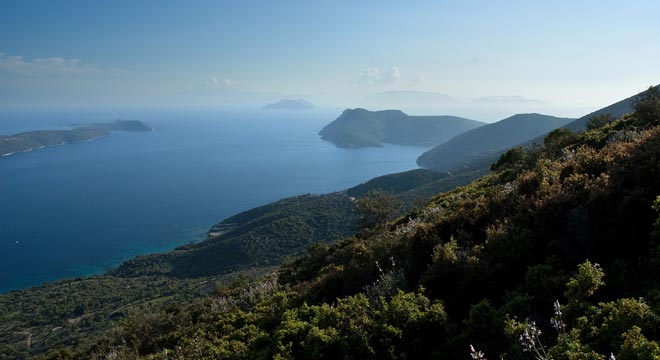
A view of the island’s eastern side from Pano Vouni.
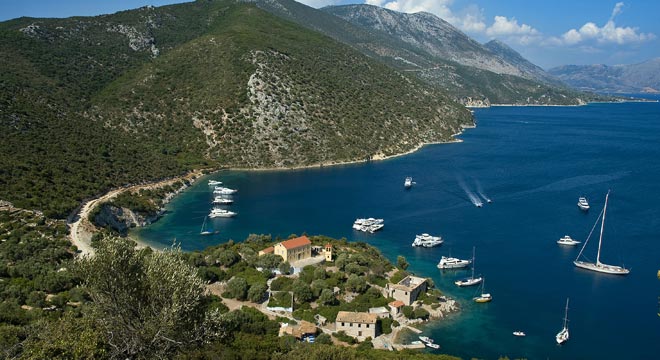
The deserted settlement of Kefali in August.
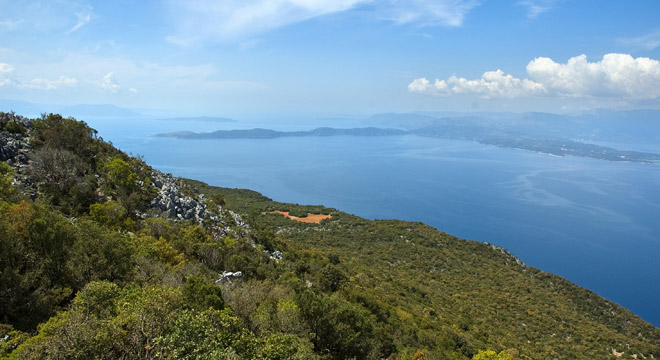
The western side of the island with a view to Maganisi and Lefkada.

The old village in Pano Kefali the ruins of which bring back in memory other times.

Abandoned centenarian olive groves, a product of strenuous human efforts going back a very long time, which are found in Mazo, Kefali, Koutoupia and other locations.
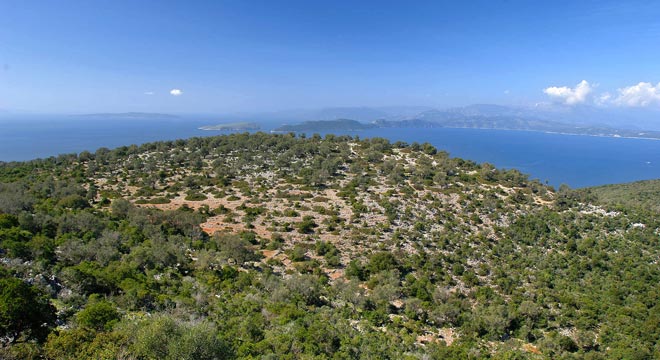
The centenarian olive grove in Megalo Koutoupi located in the south of the island.
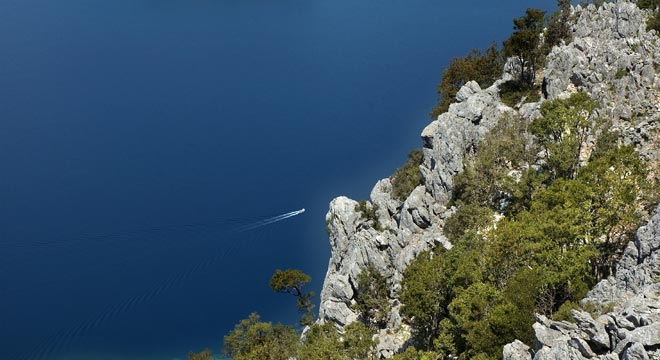
Vertical limestone pavement in Pano Vouni diving in the deep blue Ionian Sea.

Small inaccessible beaches spreading along the island’s coastline.
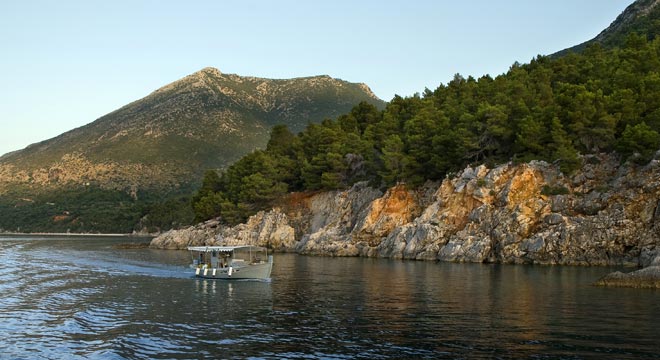
A boat with destination to the opposite coast passes the pine forest that covers the northern part of the island. The Pano Vouni peak stands in the background.
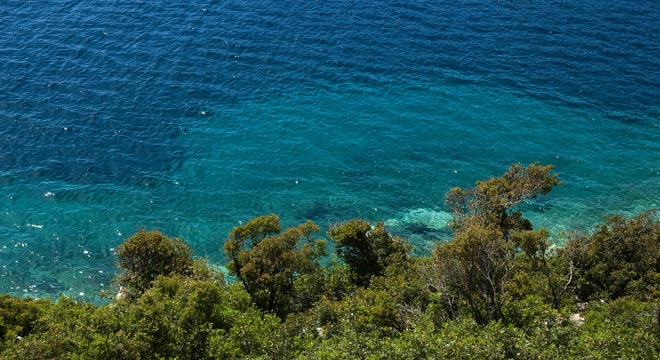
Pellucid deep blue waters indicate the cleanness of a still uncontaminated aquatic environment.
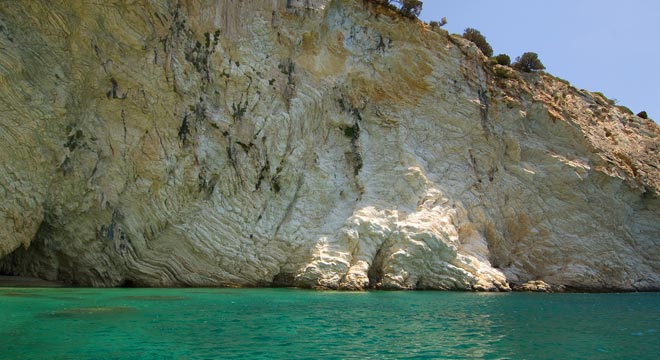
The big geological fracture forms a swallow sea cave on the north-eastern side of the island.
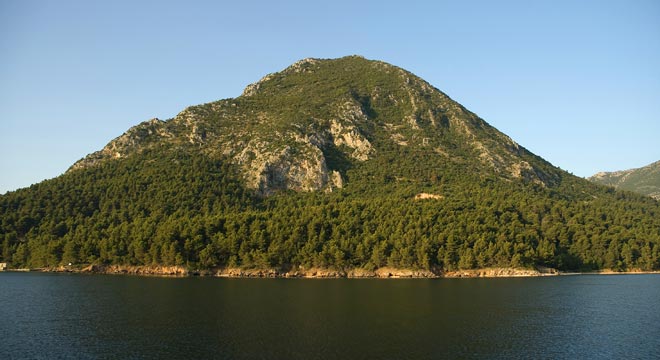
The island’s northern pinewooded part and the Xylokastro peak, its second highest mountain peak, as viewed from the opposite coast of Etoloakarnania.
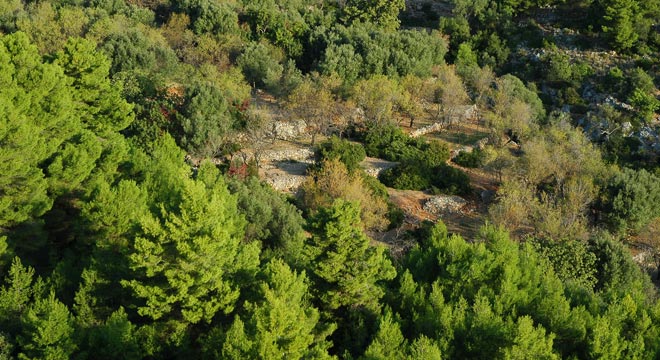
Old almond groves in terraces which have almost been assimilated by the wild nature.
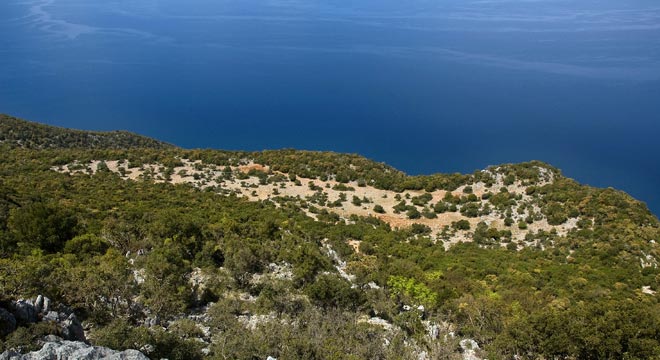
A landscape of wild beauty in the mountainous areas of the island.
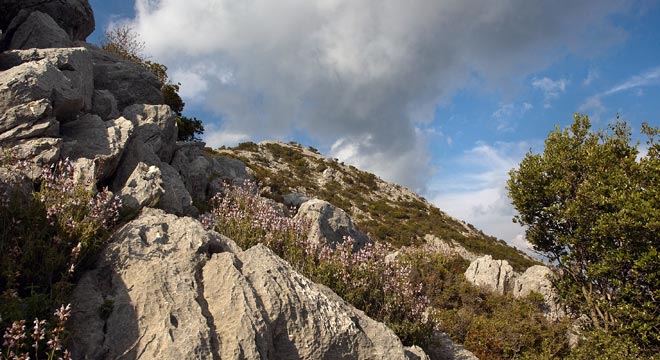
Looking back to the highest peak of the island while descending through the forlorn paths of the past.
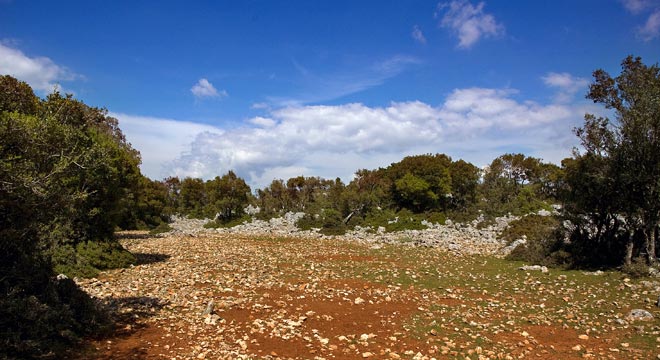
One of the famous cols in the mountainous areas of the island which are thin plane strips of land lacking vegetation.
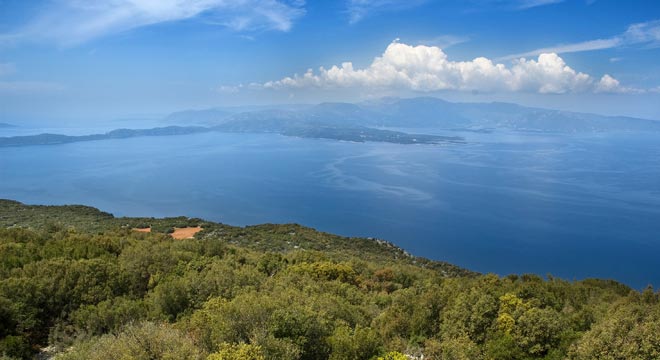
One more view of the island’s western side.

Looking to the north we discern the Akarnanika mountains and in the far distance on the left the Voulkaria lake and the northern part of Lefkada.
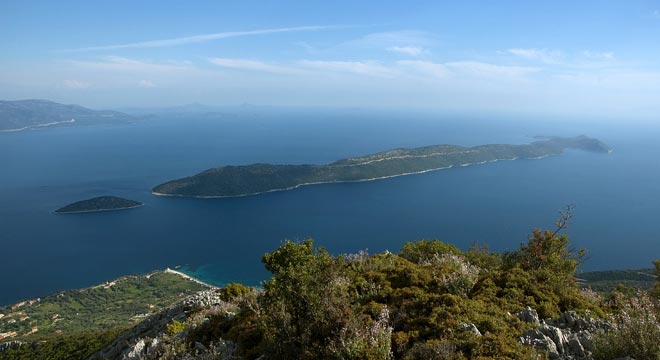
The small island of Provati and the adjacent island of Kastos as seen from a panoramic view to the northern-east.
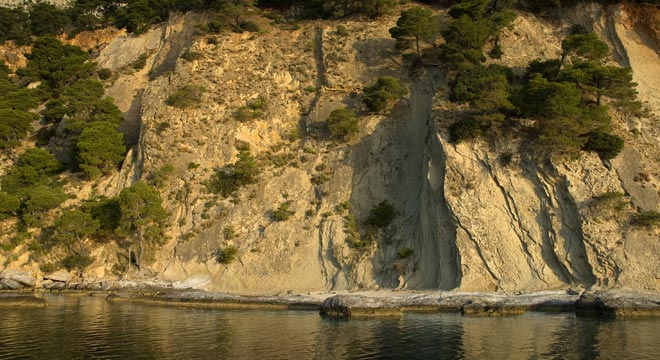
Impressive vertical sea cliffs accompany our passage from Mytikas to the port of Kalamos with the small vessel which carries out the cabotage service.
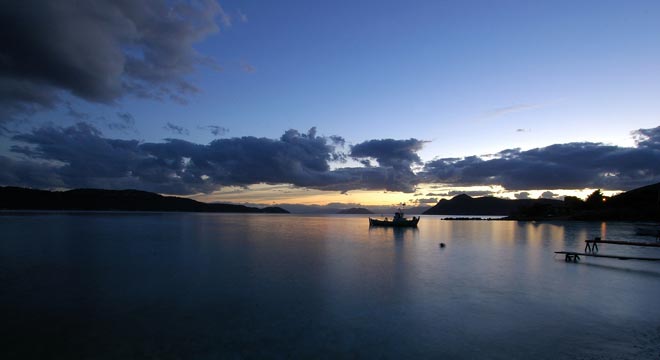
At the glimmering winter sunset, looking southwest towards the Atokos island.
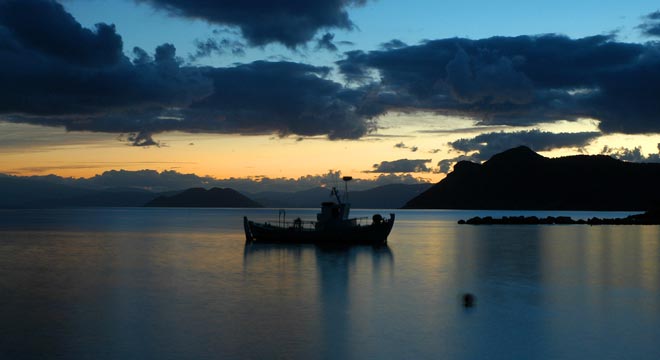
Rocking boats with a view of Kefali and Atokos in the background and Ithaki in the far distance.
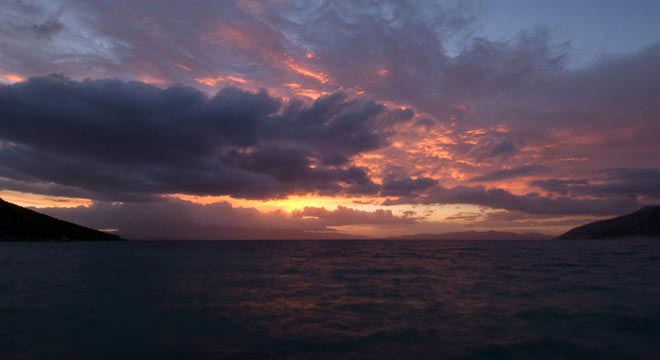
Colours in the clouded horizon of Episkopi after an August storm.
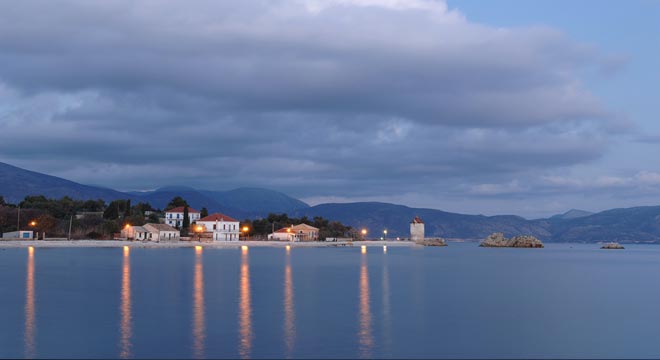
Agrapidia at dusk.
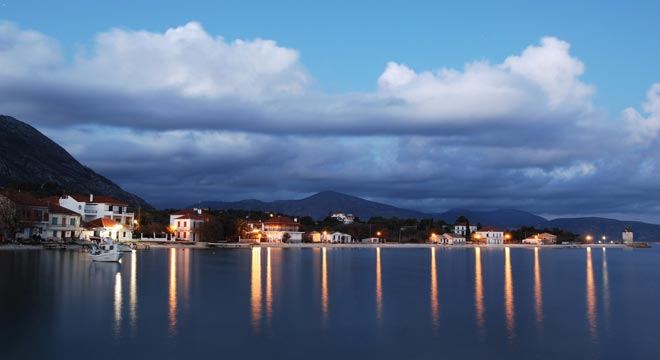
The Agrapidia beach bathed in the last daylight.
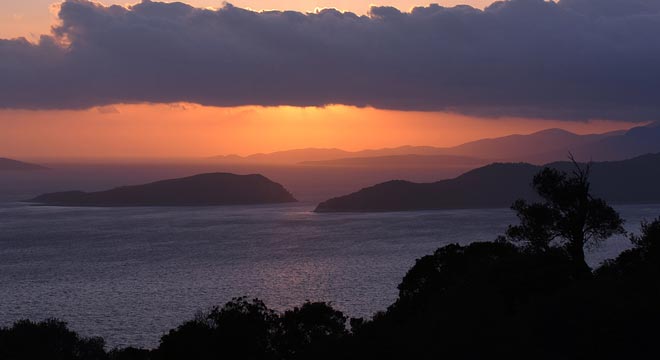
Sunset view from the old threshing floor in pano Kefali, right at the southern endmost point of Meganisi.

A dramatic winter sunset of unique beauty in Agrapidia.














































